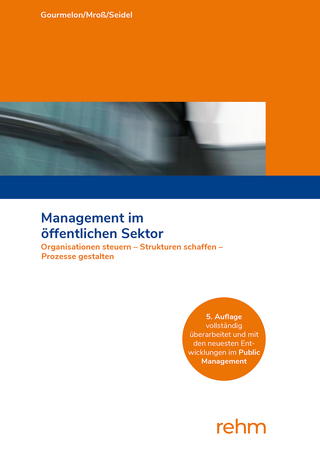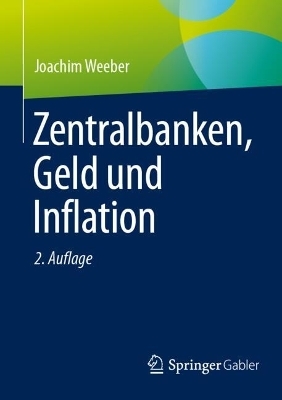
The Making of Monetary Policy in the UK, 1975-2000
John Wiley & Sons Inc (Verlag)
978-0-471-62387-8 (ISBN)
- Titel z.Zt. nicht lieferbar
- Versandkostenfrei innerhalb Deutschlands
- Auch auf Rechnung
- Verfügbarkeit in der Filiale vor Ort prüfen
- Artikel merken
Over the quarter of a century with which this book is concerned,the UK has had an extraordinarily diverse experience of monetarypolicy and monetary regimes. Monetary policy has been transformed,from attempts to control broad money from the supply side with theuse of indirect controls on banks' lending, to an almost exclusivefocus on interest rates in a context of inflation targeting. Theexchange rate has at times been fixed, at other times almostperfectly flexible, and at other times again more or less managed.Meanwhile the real economy has experienced large variations ingrowth, together with what most observers have seen as a sharp riseand then a gradual decline in the NAIRU; inflation has variedbetween 25% and 2%.
This is a book about the making of monetary policy in the UK,about how and why the monetary regimes changed over the period, andhow and why the monetary authorities took the decisions they didabout monetary growth, interest rates and the exchange rate. Itincludes separate chapters on monetary targeting, on policy in thesecond half of the 1980s, on the UK's brief membership of the ERM,on inflation targeting between 1993 and 1997, and on inflationtargeting with instrument independence since 1997. It also containsa detailed analysis of the factors that influenced interest ratedecisions and monetary policy with particular reference to theexchange rate, and an investigation of the nature and reasons forinterest rate smoothing in the UK.
"David Cobham has written an excellent history of British monetarypolicy over the final quarter of the 20th Century. His judgement ofthe political and economic context is sound and sensible. It iswell written with clear and helpful tables and charts. Besides thecareful historical reporting, Cobham adds some valuable extraresearch of his own, notably on the interaction between monetarypolicy and the exchange rate (Chapter 9) and on the reasons forinterest rate 'smoothing' (Chapter 10)."
Charles Goodhart, Norman Sosnow Professor of Banking and Financeat the London School of Economics
"...an essential guide covering everything the reader could everwant to know about the UK's turbulent monetary history over thelast quarter century"
Charles Bean, Chief Economist, Bank of England
DAVID COBHAM is a Reader in Economics at the University of St Andrews. He was Houblon-Norman research fellow at the Bank of England in 1987 and 2001. His main research interest is UK monetary policy, but he has also worked on monetary integration (in Europe and in Africa), on monetary policy and central banking in France and Italy, on Islamic banking, and on financial systems.
List of Figures.
List of Tables.
Series Preface.
Preface.
Acknowledgements.
List of Abbreviations.
Analytical Introduction: Alternative Monetary Frameworks.
Historical Introduction.
Monetary Targeting, 1977-1986.
The Interregnum and the Lawson Boom, 1985-1990.
The ERM Interlude, 1990-1992.
The 1993-1997 'New Framework' for Monetary Policy.
Monetary Policy under the MPC, 1997-2000.
Interest Rate Decisions and the Exchange Rate.
Monetary Policy and the Exchange Rate.
Interest Rate Smoothing.
Conclusion: Competence, Commitment and Monetary PolicyPerformance.
References.
Index.
| Reihe/Serie | Financial Economics and Quantitative Analysis Series |
|---|---|
| Verlagsort | New York |
| Sprache | englisch |
| Maße | 173 x 252 mm |
| Gewicht | 535 g |
| Themenwelt | Sozialwissenschaften ► Politik / Verwaltung ► Staat / Verwaltung |
| Wirtschaft ► Betriebswirtschaft / Management ► Marketing / Vertrieb | |
| Wirtschaft ► Volkswirtschaftslehre ► Finanzwissenschaft | |
| ISBN-10 | 0-471-62387-3 / 0471623873 |
| ISBN-13 | 978-0-471-62387-8 / 9780471623878 |
| Zustand | Neuware |
| Haben Sie eine Frage zum Produkt? |
aus dem Bereich


